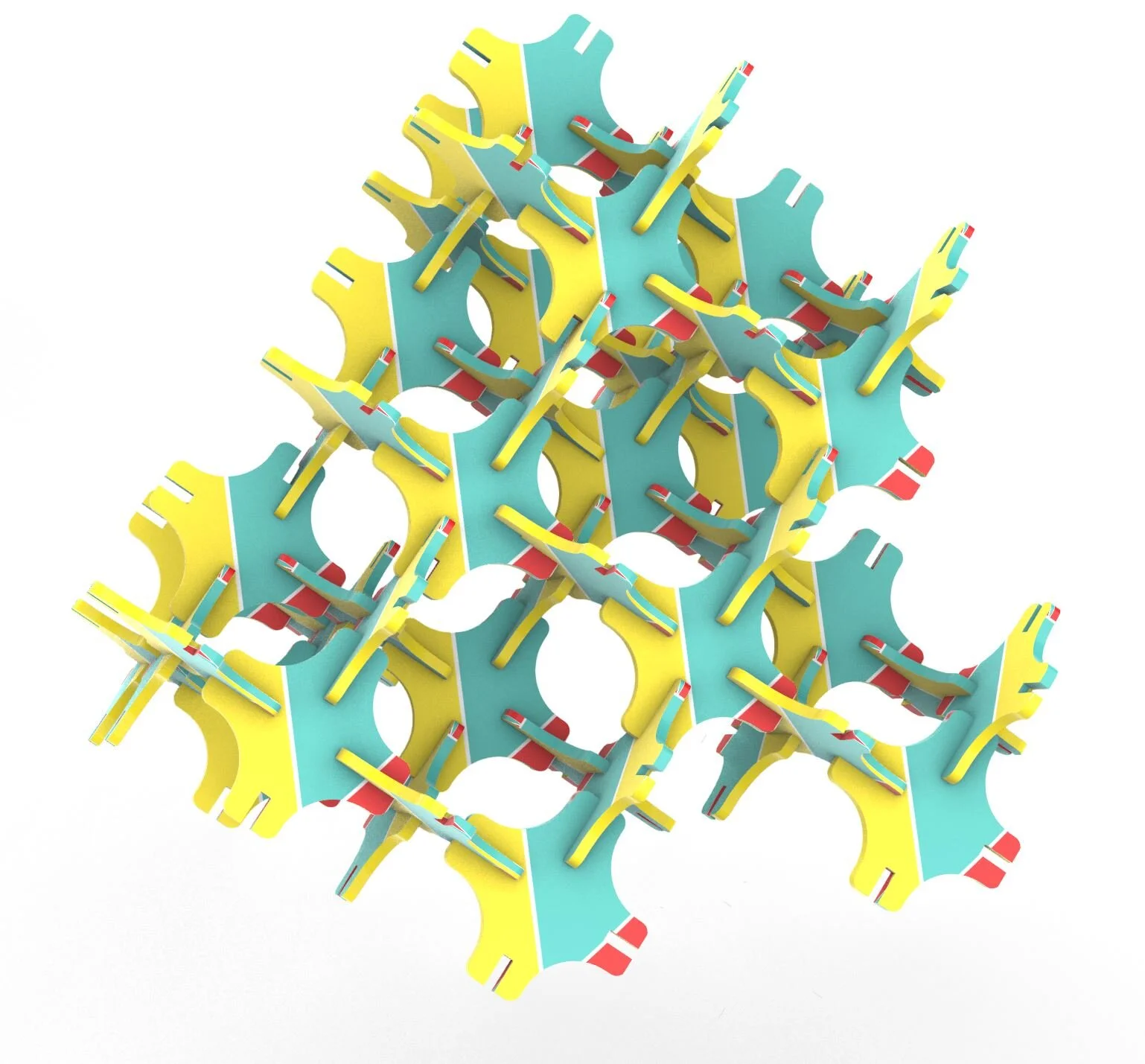Cornell University
Department of Human Centered Design
Teaching Assistant
Positive Design Studio
Course taught by Professor Jay (JungKyoon) Yoon
OBJECTIVES
This course aims to proactively promote or support the well-being of individuals or communities by evoking valuable experiences. The studio takes a project-oriented approach, through which students will deepen their understanding of the state-of-the-art design knowledge and methodology, and practical design skills for systematically developing design solutions that contribute to the users’ subjective well-being. The project will address current societal challenges such as social responsibility, education, and healthcare. The students will envision and formulate explicit design intentions that include experiential effects on the well-being of users and conceptualize products that fit with these intentions, e.g., positive emotions, self-awareness, intrinsic motivation, virtues, and empathy.
Teaching Assistant
Human Centered Design Methods
Course taught by Professor Keith Evan Green
OBJECTIVES
In this course, students focus on an iterative, design-research process used to design and evaluate objects and environments. Human Centered Design Methods are not only used to design things, but also to design the interactions between things and the people who use them and live in them. Students work through a series of different strategies and methods including: Mindmapping, Research through Design, Cultural Probes, Moodboards/Storytelling, Scenarios, Morphological Charts, Rapid Prototyping, Surveys, and Interviews
Nina Yang, “Hit the Lights!”
Teaching Assistant
Disruption x Design
Course taught by Professor Leighton Beaman
OBJECTIVES
Students collaboratively to create “Building Together” a research project that studies community engagement through participatory modes of making. Presented at NYCxDESIGN 2021 the installation and exhibit was one of several constructions which invited play and collaboration in the making of an open-ended public structure.
Students: Lee Brunco, Julia Kan, Gracie Meek, Arleigh Parr
Teaching Assistant
Design Generation(s)
Course taught by Professor Nooshin Ahmadi
OBJECTIVES
In this course, students learn how designers think, solve problems, and improve our world. There is a great need for critical thinkers and this course helps students better understand the environment and their role in creating a more humane and sustainable future. The course introduces many design methodologies for creative thinking and practice design thinking and making skills including: sketching, modeling, prototyping, graphics, culminating in a final exhibition design that displays the work developed throughout the course.
INSTRUCTOR
Introduction to Environmental Psychology
OBJECTIVES
In this course, students describe the reciprocal relationship that exists between humans and their built, natural, and digital environments. Through a series of readings, lectures, and discussions, students learn about the role of designed environments in our physiology and psychology. Students discuss how to evaluate environments and products based on the principles of universal design and accessibility, as well as consider how personal and social factors influence our sense of identity and behavior. In the final project for the course, students apply the principles of human-environment relations to create a set of well-researched design guidelines for a specialized setting of their choosing.
CLICK TO VIEW FULL PROJECTS
Teaching Assistant
Programming for Design
Course taught by Professor Lorraine Maxwell
OBJECTIVES
Students identify and deploy design programming methods to understand key issues to consider in selecting and implementing a particular programming approach to a design project from conception to implementation. Students learn the key programming methods through lectures, readings, and hands-on exercise grounded in the field. Concepts are applied from social science research, facility management skills, and environmental design practices to develop a program of space requirements from multidisciplinary perspectives. They also learn how to assess and develop critical success factors in managing an effective programming process by participating in a major programming project for a real client.
CLICK TO VIEW FULL PROJECT
Teaching Assistant
Design Graphics and Visualization
Course taught by Professor Nooshin Ahmadi
OBJECTIVES
This course is intended to immerse students in the act and art of design communication. Drawing and rendering techniques using both manual and digital media are focused on to effectively learn how to present ideas visually to oneself and others. The exercises move from simple to more complex issues, including orthographic and perspective methods for conceptual and formal drawing for a good understanding of form and space.
Teaching Assistant
Digital Communication & Portfolio
Course taught by Professor Nooshin Ahmadi and Jinting Yang
OBJECTIVES
Visual communication can clarify, distill and translate complex designs, data and ideas. It is persuasive and powerful. The class introduces principles of graphic design and visual communications using a range of representation techniques. It explores ways to communicate ideas digitally through text, and image while considering the meaning of form and its symbolic and cultural dimensions. The focus is on the applications in Adobe Creative Cloud, including Illustrator, InDesign, After Effects, and Photoshop.
















































































































